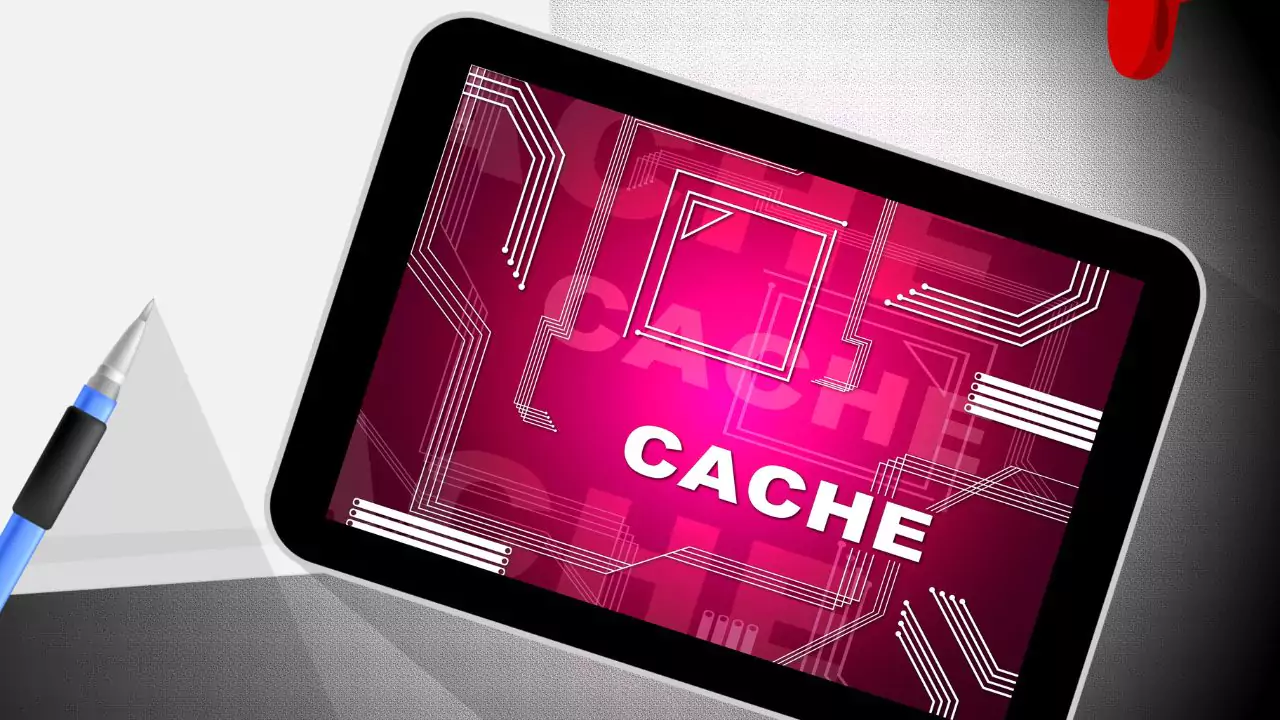Have you ever stumbled upon a folder named “GPU Cache” on your desktop, leaving you confused about its purpose and safety? This article dives into everything you need to understand about this folder and how to manage it effectively.
Why is the GPU Cache Folder on Your Desktop?
The GPU, or Graphics Processing Unit, is the powerhouse behind your computer’s visuals. It accelerates graphics processing for tasks like gaming, video editing, and even web browsing. The GPU cache folder stores temporary files generated by your graphics card. These files can include textures, shaders, and other graphical elements from applications you use. By storing this data, the GPU can access it quickly, improving performance by reducing the need to re-process the same information repeatedly.
However, in some cases, this folder might end up on your desktop instead of the usual location within the application’s data directory. This could be due to a bug in the program you’re using, or it might be a deliberate choice by the software developer for easier access.
Is it Safe to Delete the GPU Cache Folder?
In most cases, yes, it’s safe to delete the GPU cache folder. Deleting it won’t harm your system and might even improve performance in some scenarios. Here’s why:
- Temporary Files: The cache stores temporary data, so deleting it won’t affect your permanent files or system settings.
- Performance Boost: A cluttered cache can sometimes slow down your GPU. Clearing it can free up space and potentially improve performance.
However, there’s a small caveat. The next time you launch the application that created the cache, it will need to rebuild the cache files. This might lead to a slight delay during the initial launch but shouldn’t be a major issue.
How to Prevent the GPU Cache Folder from Appearing on Desktop?
Unfortunately, there’s no universal method to prevent the cache folder from appearing on your desktop. It depends on the specific application creating it. Here are some options you can try:
- Software Settings: Check the application’s settings to see if there’s an option to control the cache location. Some programs might allow you to specify a different directory for cache files.
- Reinstall Application: In rare cases, reinstalling the application can resolve the issue if the cache folder placement is a bug. However, this should be a last resort.
Why Managing the GPU Cache is Crucial?
While the cache offers performance benefits, it’s important to manage it effectively. Here’s why:
- Performance: An excessively large cache can slow down your GPU as it spends more time sifting through unnecessary data.
- Disk Space: The cache can consume significant disk space, especially if you use graphics-intensive applications frequently.
- Outdated Data: If the cache isn’t cleared regularly, it might hold outdated data, leading to graphical glitches or rendering issues.
Benefits of Clearing GPU Cache
Here are some advantages of regularly clearing your GPU cache:
- Improved Performance: A clean cache can streamline your GPU’s workload, leading to smoother gameplay, faster rendering times, and better overall responsiveness.
- Frees Up Disk Space: Clearing the cache can reclaim valuable storage space on your hard drive.
- Fixes Graphical Issues: Outdated cache data can sometimes cause graphical glitches or display errors. Clearing the cache can resolve these issues.
How to Clear the GPU Cache Manually?
The manual process for clearing the GPU cache depends on your operating system and the application that created it. Here’s a general guideline:
- Close all running graphics-intensive applications.
- Open the NVIDIA Control Panel.
- Go to “Manage 3D Settings“.
- Click on the “Shader Cache” tab.
- Click on the “Clean Shader Cache” button.
- Restart your computer.
Note: Always back up your data before manually deleting cache files, especially if you’re unsure about the location or purpose of specific files.
Automatic Tools for GPU Cache Management
If you don’t want to manage the GPU cache manually, there are several software tools that can do it for you. These tools automate the cache-clearing process and can be configured to run on a regular schedule. Some popular options include:
- NVIDIA GeForce Experience
- AMD Radeon Settings
- CCleaner







